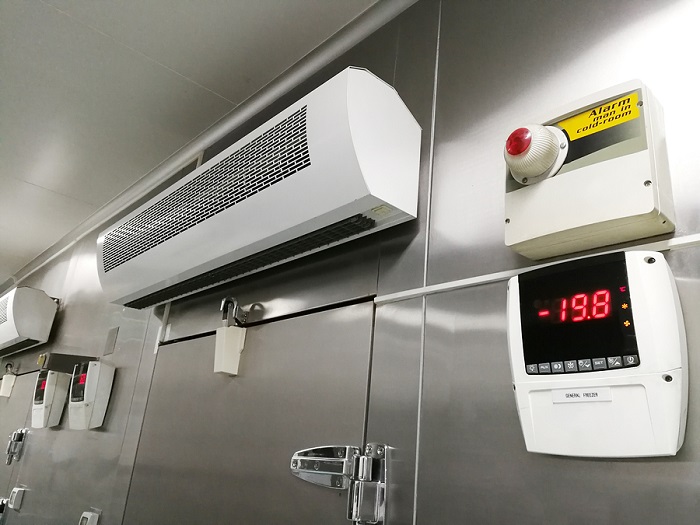Apprenticeship Guide: Success and Safety
 For many, learning a trade will be life-changing, setting them up with a skillset that will keep a roof over their heads for the life.
For many, learning a trade will be life-changing, setting them up with a skillset that will keep a roof over their heads for the life.
A considered approach to either becoming or hiring an apprentice will help ensure you find the right fit and there are a number of factors to consider.
“A carpentry apprenticeship is broadly made up of two components” explains Rosie Chambers from Carpentry Australia.
”The first of these is working on-site alongside an employer, a carpenter or builder. This is complemented by formal training given by carpentry teacher, usually through a TAFE or other Registered Training Organisation (RTO).”
Apprentices undergo various assessments throughout the training process, and when all components are complete, they must be deemed competent by both their employer and assessor in order to be signed off as a qualified tradesperson. Of course, a huge element of this is ensuring all apprentices fully understand the importance of workplace safety.
Each year sees an influx of keen but inexperienced young workers enter the industry, and unfortunately this is the time when workplace injuries are most common.
It is important to remember that all employers have a legal obligation to ensure the health and safety of their workers, so thinking ahead and planning appropriately is essential. However, it is also crucial that apprentices are aware of their own responsibility to follow instructions.
All workers must undergo a full induction into the business they are working for and on each new site they are working on.
Supervisory arrangements must be made to monitor new starters, and workers – particularly those new to the industry – should be taken seriously when voicing safety questions and concerns.
Regulatory bodies such as WorkSafe Victoria and Work Cover NSW exist to assist in securing the health, safety and welfare of workers, and offer safety consultations to small businesses to ensure standards are properly upheld at all times.
Apprentice Dropout Rates:
One of the key concerns within the carpentry industry is the current apprentice dropout rate, with some reports citing this to be as high as 50 per cent.
Rosie believes this should be taken with a pinch of salt: “While the statistics might look frightening at first glance, the truth is, it’s a transient trade, she says.
Employers come in and out of the industry all the time, businesses open and close, employers retire, run out of work or move to different locations, and that’s recorded as if an apprentice has dropped out.”
“During a 3-4 year apprenticeship it’s not at all uncommon for apprentices to move between different employers one or two times, perhaps outgrowing a particular position or seeking experience in a new element of the trade.,” Rosie says.
“While a lot of apprentices will temporarily stop their training, the feedback we’ve received from carpentry teachers is that a high number of these will recommence it again with a new employer.”
There are, of course, apprentices who don’t make it through their apprenticeship. Some may realise the trade isn’t for them; others may experience workplace bullying or might be unable to find a new apprenticeship position after being laid off. But for those who do manage to stick it out, the rewards are well worth the hard slog.”
“My apprenticeship taught me a lot, and by that I mean more than just a trade,” says Jarrod Cowland, who qualified two years ago and now runs successful carpentry firm JPC Carpentry.
”I learned how to manage money, how to run a business…life skills that would have taken me a lot longer to develop had I not been an apprentice.”
“The thing about being a tradie is that you keep on learning and developing your skillset every single day. So if you just stick at it, learn, grow and be the best that you can be, I promise you it’ll be the most rewarding thing you ever do.”




April 11, 2016 @ 10:51 am
great post